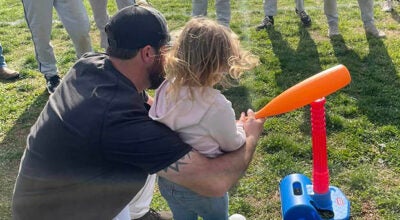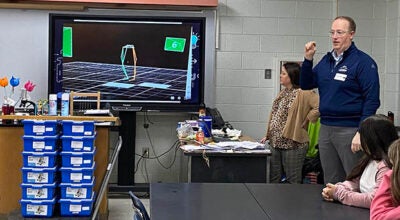Follow safety strategies to prevent child injuries on the farm
Published 10:05 am Friday, June 10, 2022
|
Getting your Trinity Audio player ready...
|
When Marilyn Adams’ 11-year-old son, Keith, suffocated in a gravity flow wagon on her family’s Iowa farm in 1986, she made it her life’s mission to spread awareness of childhood farm safety.
“A lot of times we give (youth) more than they can handle, and that’s what we did with Keith,” she said in a 2008 Iowa Public Television broadcast. “We gave him an adult job and expected him to react like an adult. I’ll be the first to tell you that giving a child’s life to farming is unacceptable.”
Adams went on to establish the Farm Safety 4 Just Kids program.
Her story was shared with participants in a recent webinar organized by The National Children’s Center for Rural and Agricultural Health and Safety, hosted by AgriSafe. The NCCRAHS is celebrating 25 years of preventing injuries associated with agricultural worksites, where children of any age may be present.
Motor vehicles, machinery and drowning are the most common causes of youth farm fatalities. Animals and vehicle incidents top the list of the most common causes of injuries on farms.
When youth are assigned tasks on farms, “the work they’re doing must be age-and ability-appropriate,” said Marsha Salzwedel, NCCRAHS project scientist and agricultural youth safety specialist. “A majority of injuries or fatalities are due to youth doing work that doesn’t match their physical or cognitive abilities.”
Goochland County Farm Bureau members Rachel and Thomas Henley are raising two young children on their family’s dairy and grain operation. In addition to age-appropriate tasks and safety language, they focus on teaching situational awareness.
“It’s always: Stay close, look and listen,” Rachel Henley said. “We don’t run up to animals, approach them from behind or even touch fences unless Mom or Dad says OK.”
For working youth, address hazards, provide personal protective equipment and ensure adequate training, Salzwedel recommended. While strategies vary by age, it’s safest to keep children away from worksites and tractors, which can be an unpopular notion.




